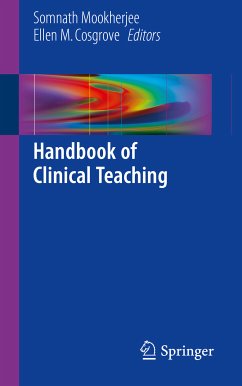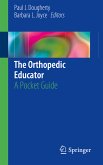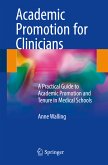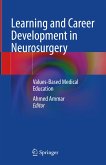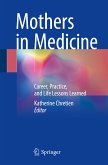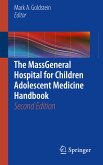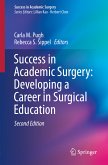Targeting the practical needs of clinical teachers who do not have extensive time to undergo additional training, this book provides an accessible, on-the-spot resource to bolster teaching skills and optimize the education of trainees. A massive transformation takes place every summer in the United States: thousands of trainees in graduate medical education are appointed as attending physicians responsible for effectively teaching the next generation of medical students and residents. This handbook includes only the most relevant topics for new clinical teachers, and covers the basics of clinical teaching, teaching in specific situations, teaching different audiences, and best practices for handling challenging situations. The format is conducive to "just in time" learning, perfect for quick reference before meeting with learners or engaging in specific teaching situations, such as in an ambulatory clinic or at the bedside. Key points are emphasized with frequent use of tables and boxed practical content. Applicable to all teaching attendings regardless of specialty, the Handbook of Clinical Teaching is a valuable aid for individuals who wish to improve their teaching, and serves as a practical guide for faculty development in clinical teaching.
Dieser Download kann aus rechtlichen Gründen nur mit Rechnungsadresse in A, B, BG, CY, CZ, D, DK, EW, E, FIN, F, GR, HR, H, IRL, I, LT, L, LR, M, NL, PL, P, R, S, SLO, SK ausgeliefert werden.

